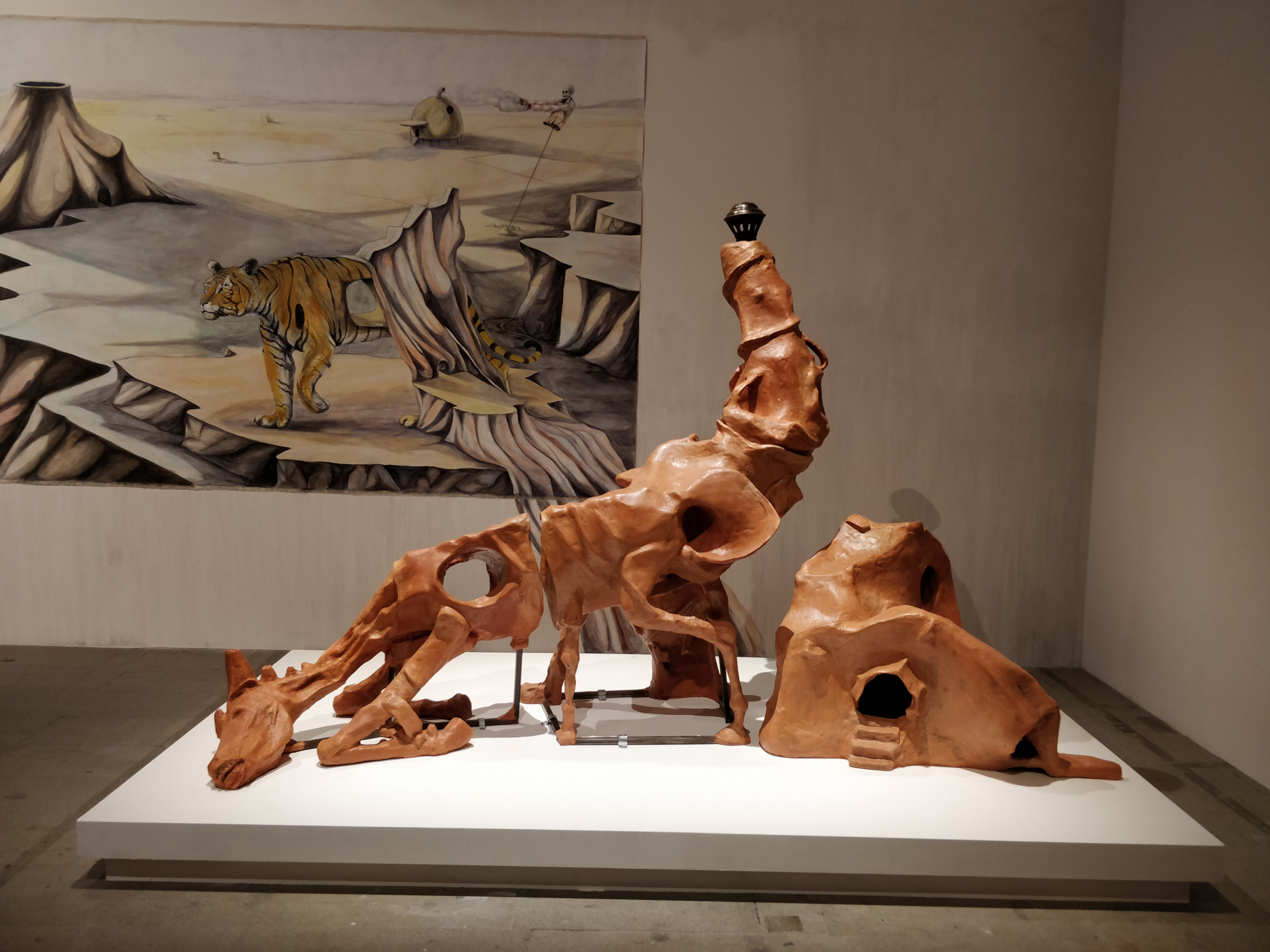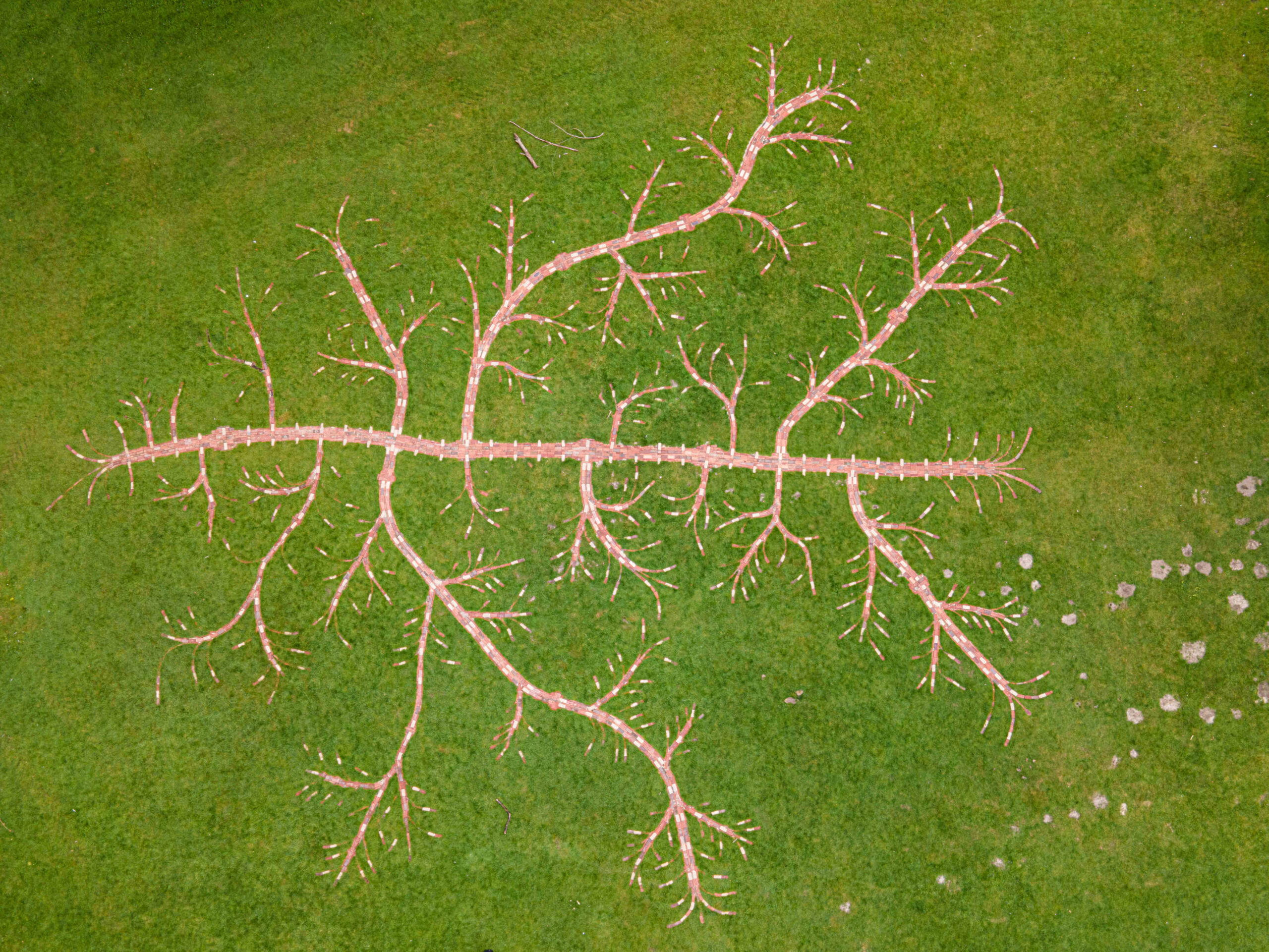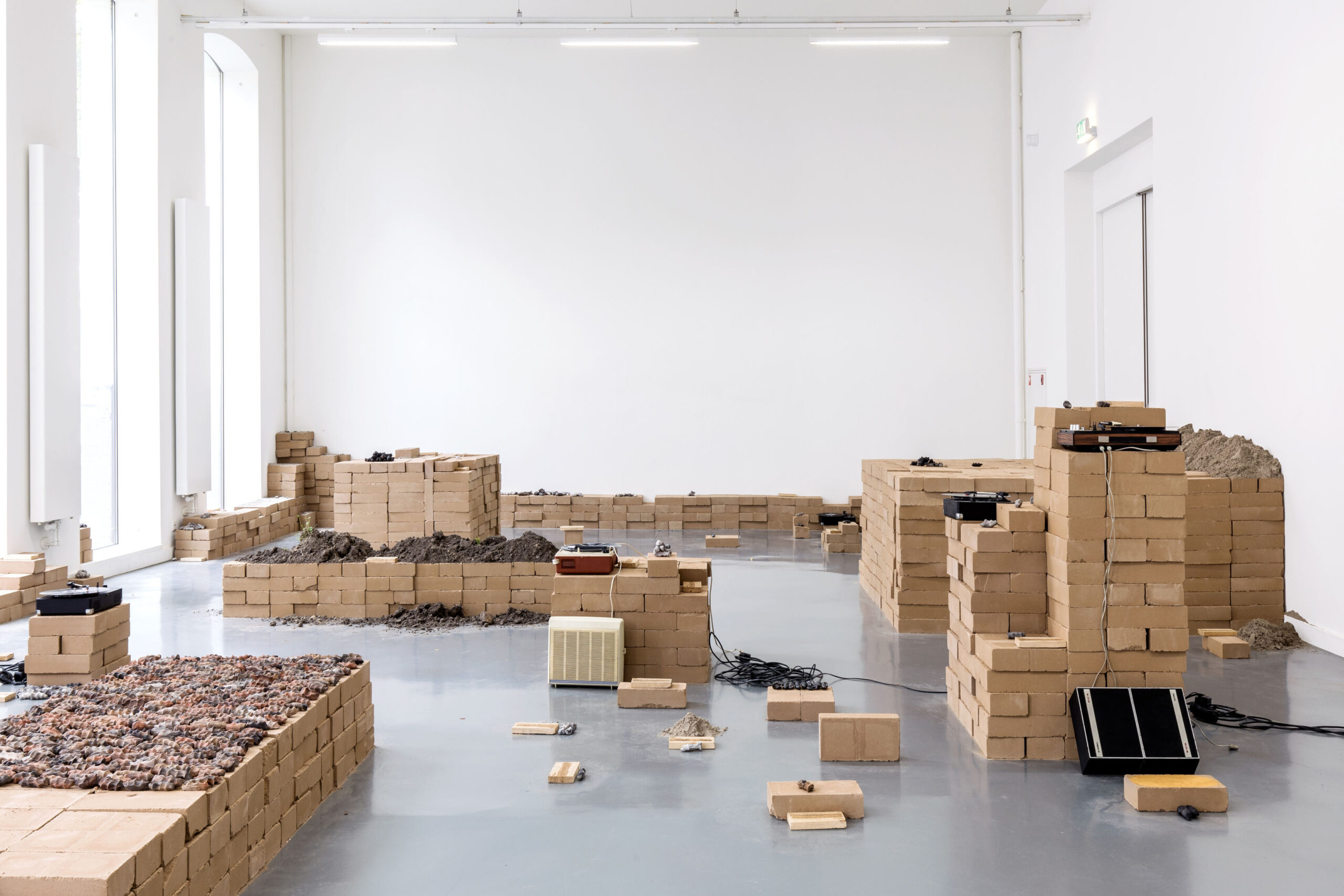Arts & Culture
Sorcha Carey – Curator of the 2025 Creative Folkestone Triennial
Sorcha Carey is the curator of the 2025 Creative Folkestone Triennial – How Lies The Land. Her experience with outdoor urban exhibitions has naturally lead her to this role. She’s followed the Folkestone Triennial since its inception in 2008. As a growing curator, Sorcha has worked with previous Triennial curator Lewis Biggs in Liverpool, and has been the director of the Edinburgh Arts Festival for the past 10 years, bringing artworks to outdoor public spaces. Folkelife met with Sorcha to find out her plans for Folkestone in 2025.
“The Creative Folkestone Triennial is a really big thing in the world of urban art. I think you cannot overstate how rare and ambitious the Triennial is in focusing a programme entirely on works that are for public spaces. There are a lot of challenges, but also amazing opportunities when you take artworks outdoors. And for me, there’s a lot of complexity involved in commissioning the right works for each site.
“As a developing curator I was always wanting to visit the Triennial to keep in touch with what artists are doing and to see how they respond to the invitation and the opportunity. Lewis (Biggs, previous curator) invited me to take part in one of the public programmes in 2017. I came down and gave a presentation when the theme was Double Edge. Being from another part of the UK, I had a different geological perspective. We had just had the Independence Referendum in Scotland and here is the other end of the country.”
progress of the town
“I have been struck each time I have visited Folkestone on the development of the town. In 2017, I can remember having a wonderful dinner on the Harbour Arm, but that place was still undeveloped then. It was a magical, cool space. I know there are the set of interconnections and partnerships that make Folkestone work, and the way the Triennial sometimes spurs this on, is an impetus for things to keep developing opens up these new spaces in town. I have been very aware of that.”
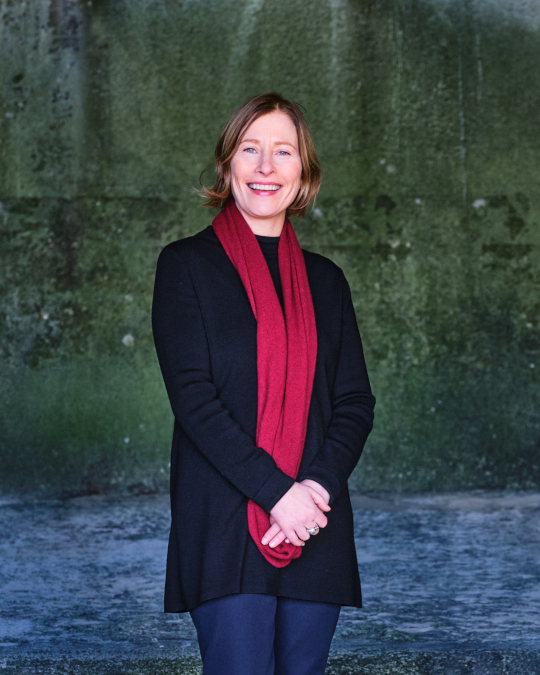
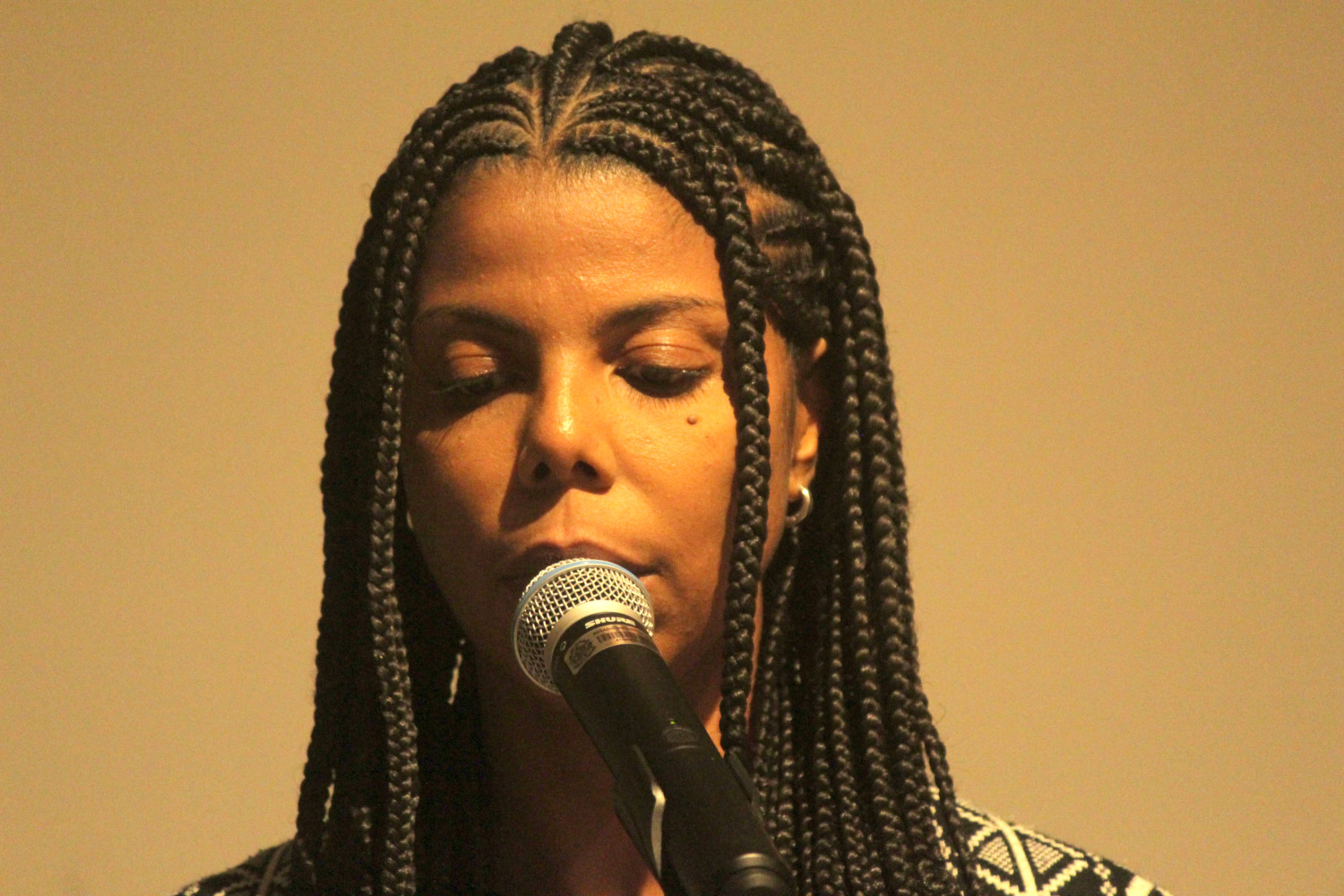
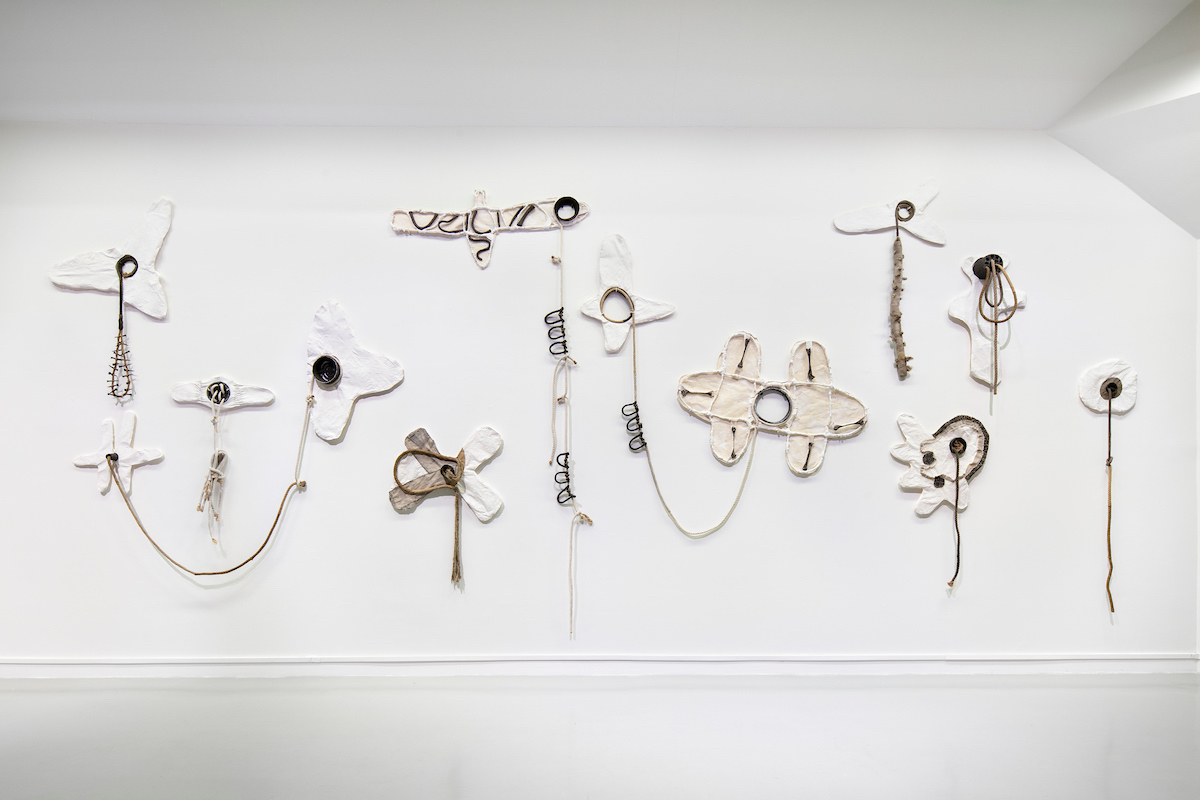
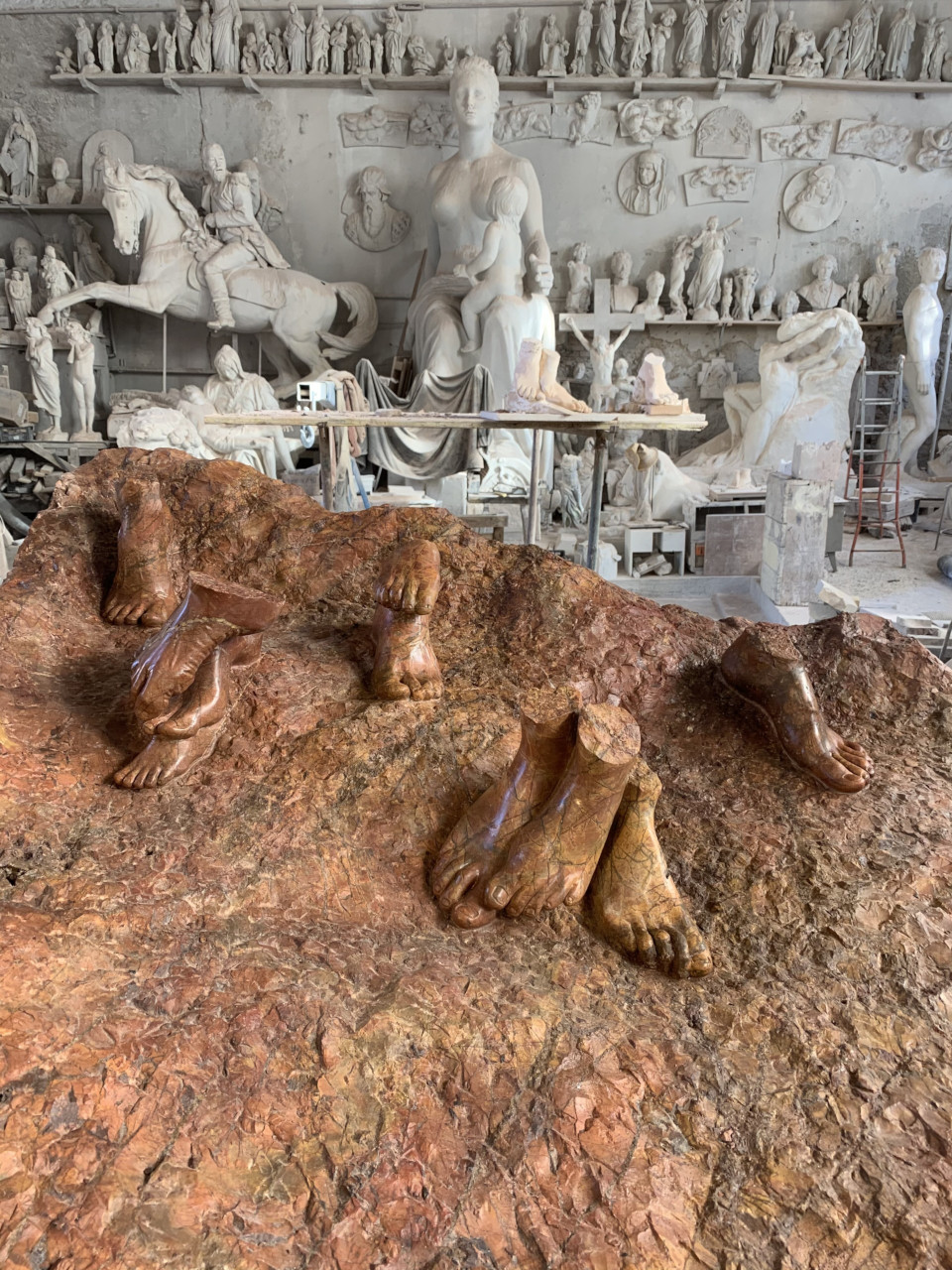
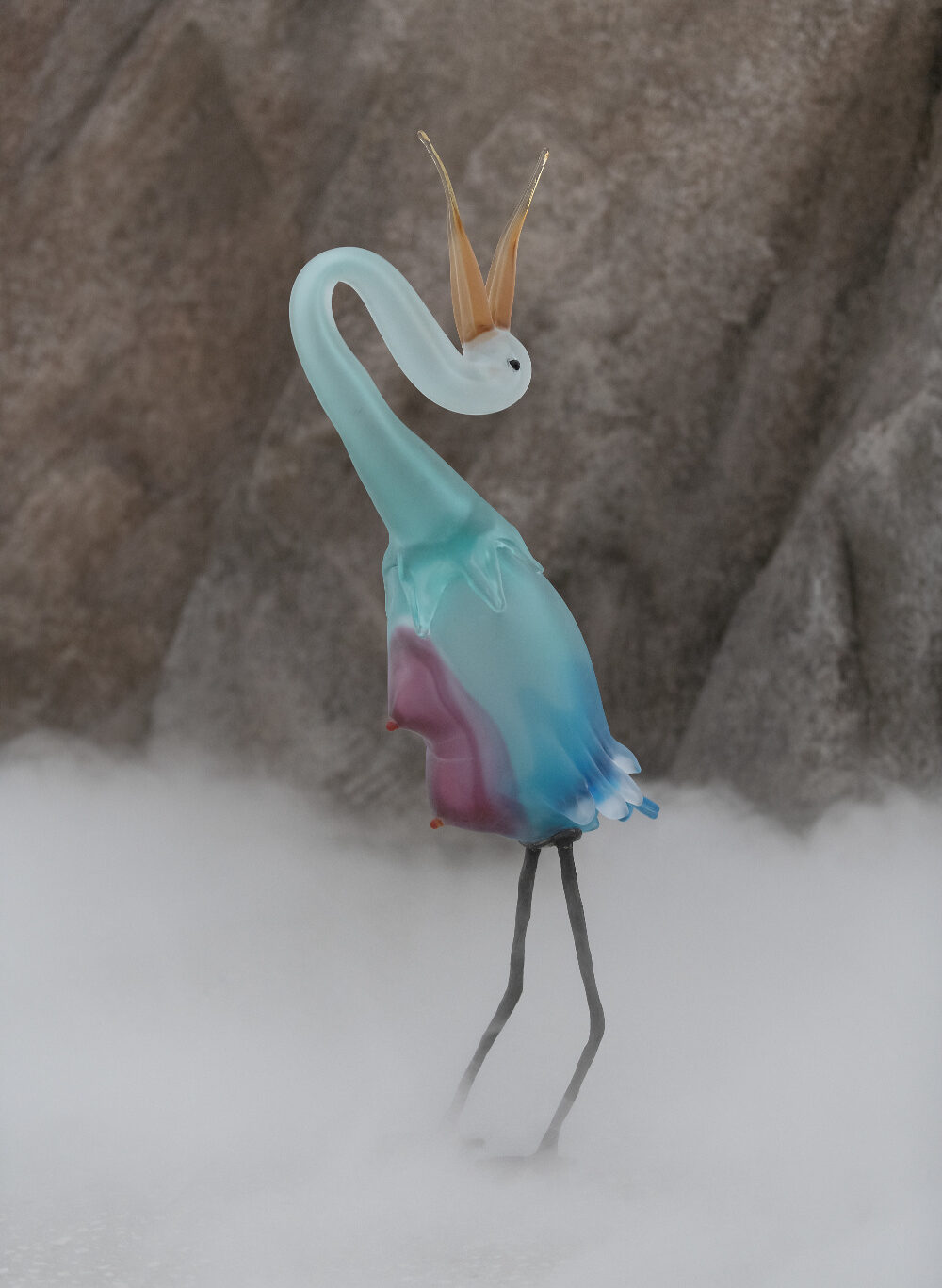
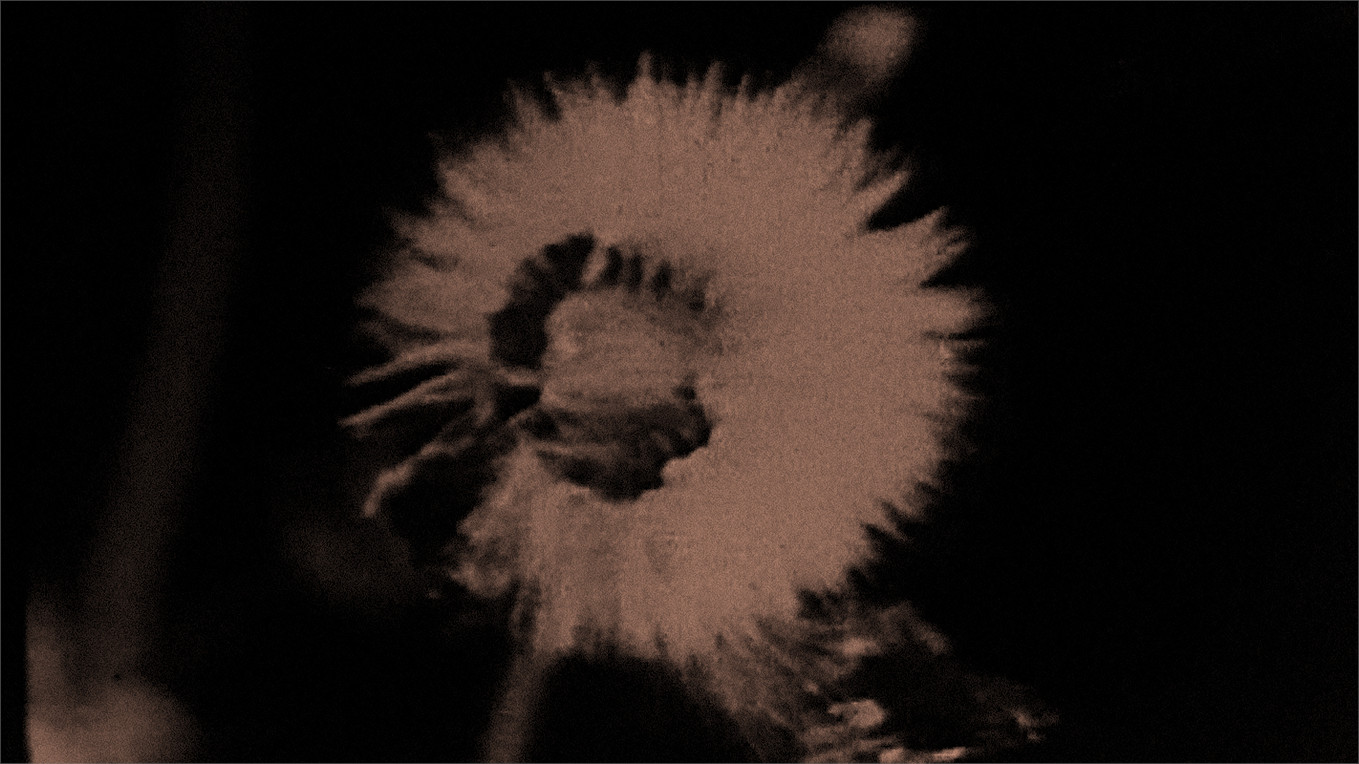
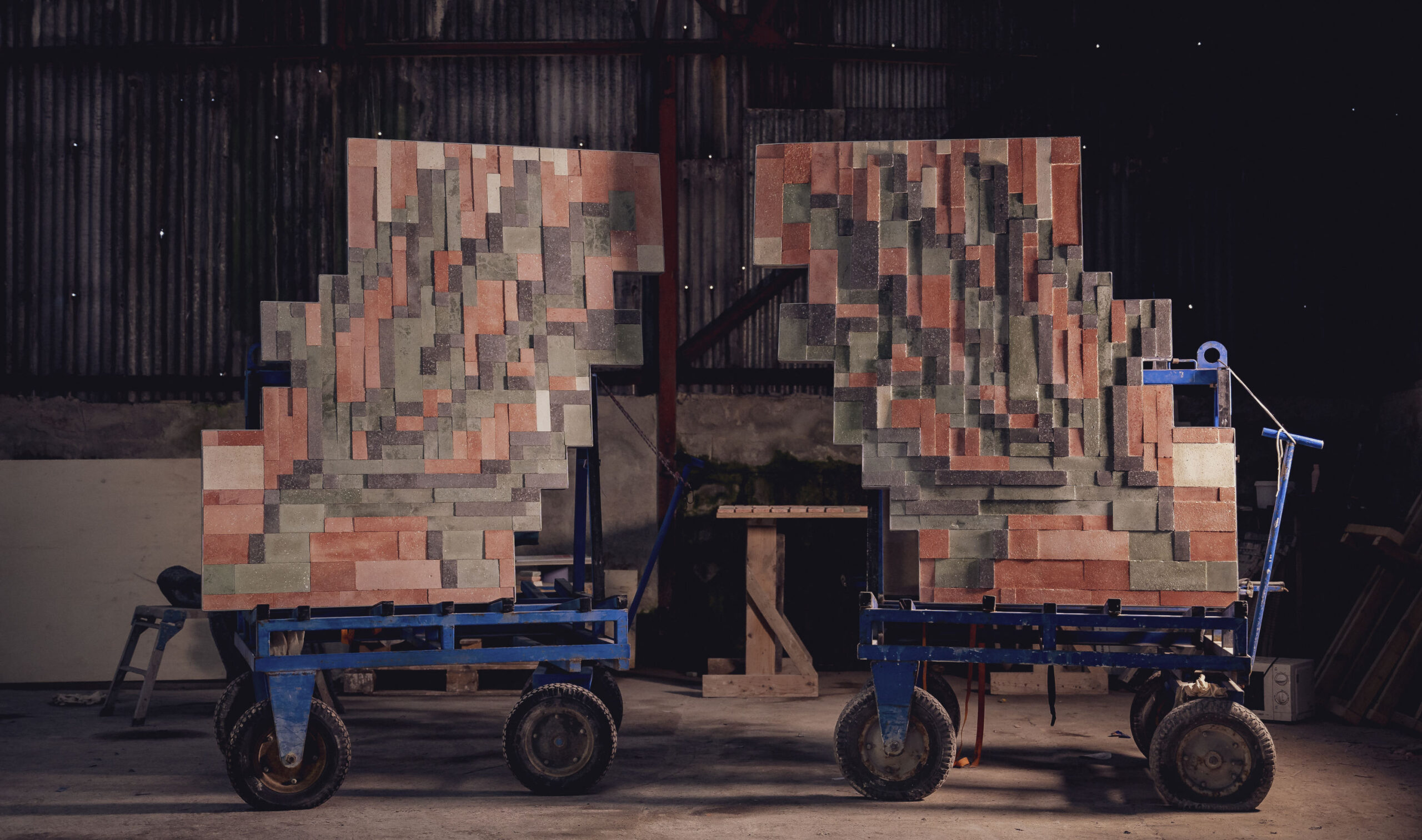
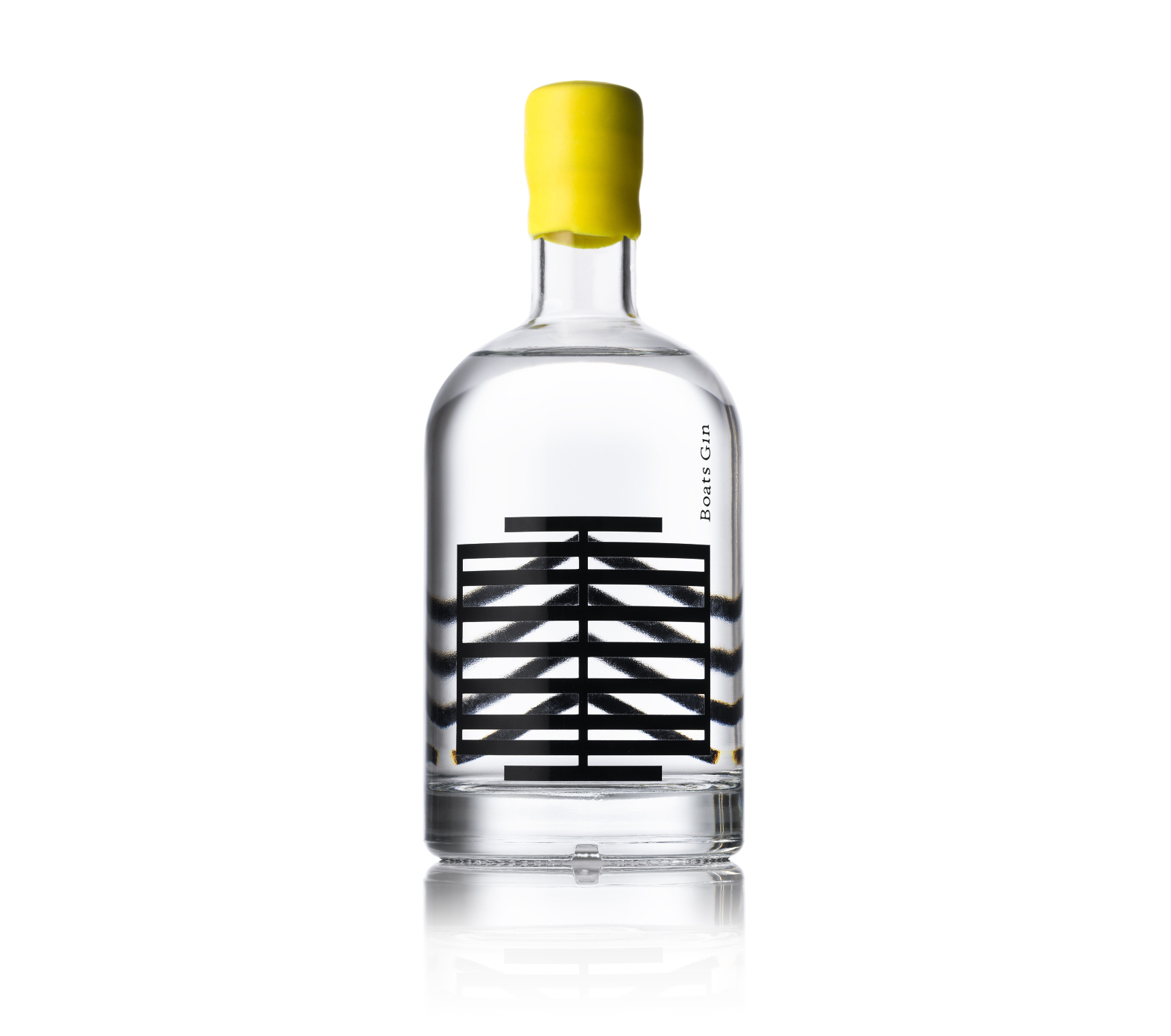
a privilege
“Taking on this job is a great privilege but not something you do lightly. I’ve thought very carefully about this, but one of the great things about the Triennial is the legacy it leaves in the town. The permanent artworks that remain in Folkestone mean you’re working alongside the footprints of previous Triennials. You do have to think carefully about how you engage and build conversations with the pieces that have gone before. But you also need to inject a sense of newness, of new ways of working, and that, to me, is down to the artists. Contemporary artists are always challenging us to think differently, work in different ways and testing boundaries.”
opening up different parts of town
“This Triennial is going to open up different geological areas of town. And this is a way to expand the experience of any visitors to the exhibtion, be they residents or from out of town. One of the things about the Triennial is the broad audience it brings. There’s a very strong international, external audience, but it’s also an opportunity for locals to explore parts of the town they might not usually see. It’s a way to participate in a conversation about how they experience Folkestone and maybe shift perspectives on the place they live and work in.
“If you think about Folkestone’s school leavers from this year, they are the last generation of people to ‘know’ Folkestone before the Triennials, being 2 at the time of the first exhibition. It’s now become part of Folkestone’s vocabulary, and anyone now thinking of next steps and career options open to them has all this to work with too.”
geology and geography theme
“I came down to Folkestone after being appointed curator and spent a lot of time walking around the town. I went into the museum, which is a wonderful collection for a town of this size to have. It was mind-blowing! The ground-floor collection was one that I was familiar with, and felt those stories had been told before, those of Victorian and Edwardian times, and as a departure point for the World Wars. But when I got to the lower ground floor and this was a completely different place for me. Folkestone’s deep past is laid out in a collection of bones and stones, fossilised hippopotamus and rhinoceros excavated from The Bayle in the 19th Century. I am interested in the time before Folkestone was a seaside resort, before it was even a coastal town, and part of the landmass of Europe. These predecessors, these megafauna would be roaming the land and grazing on the landscape we call Folkestone.
“There’s a display of an Anglo-Saxon woman’s burial which has connections that you wouldn’t have anticipated. Buried with her, her belongings, are a brooch with garnets from Sri Lanka and a necklace with beads from the Baltic. In this 21st Century we are used to a global economy, but I wouldn’t have expected that from a small community 5th Century Folkestone. Yet, I feel very connected to these remains and the stories they tell, which are relevant to the conversations we are having today. We have the opportunity to see Folkestone before a major climatic event, before the channel was created. Folkestone is a place which has always welcomed migrants and settlers building new communities here due to its access routes to other parts of the country. So inviting artists into this space, this deep time where it stretches into the past as much as it does the future. “
how lies the land
“Our theme this year is How Lies The Land, and invites artist to think about the ground beneath our feet. It allows us to think about the developments that Folkestone has made in the past, and what is in the future. We have artists thinking about migration, of humans and other species; about transforming landscapes; about climate change and ecology. But we also have artists thinking about that ancestral connection and the memories that are preserved in the soil. There’s a richness, a fertility, that comes from that, from a real sense of the soil providing nourishment and from that we gain knowledge.
“We have 18 artists this year and each one has created something through a direct connection with this place. It’s a wonderful role for me to play to introduce each artist to the town and see how they respond and create. I can suggest some things, but it’s the artists that surprise and bring different perspectives from outside.”
turner prize nominees and winners
“The East Cliff is a very important location for us in this Triennial. We’ll be opening up some areas that people haven’t had access to in a long time. In our collection of artists we have some Turner Prize nominees and winners. We have two artists based in Kent, one living in Folkestone, we have invited to participate. Also, it’s important that we can work with the most celebrated artists of the day, and also some emerging artists, opening up opportunities for development. We have a rich array.”
The Creative Folkestone Triennial 2025 runs from 19th July to 19th October 2025.
